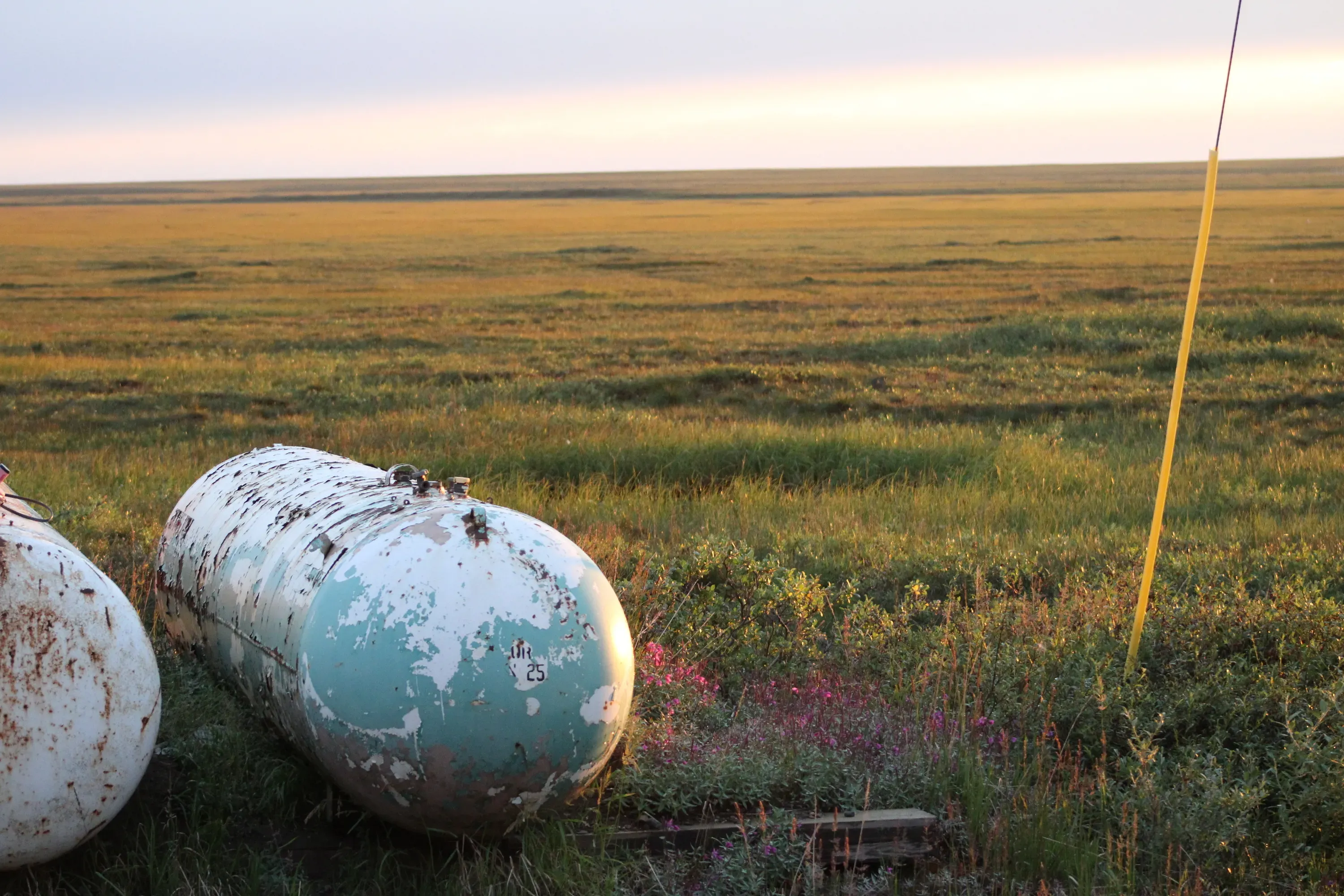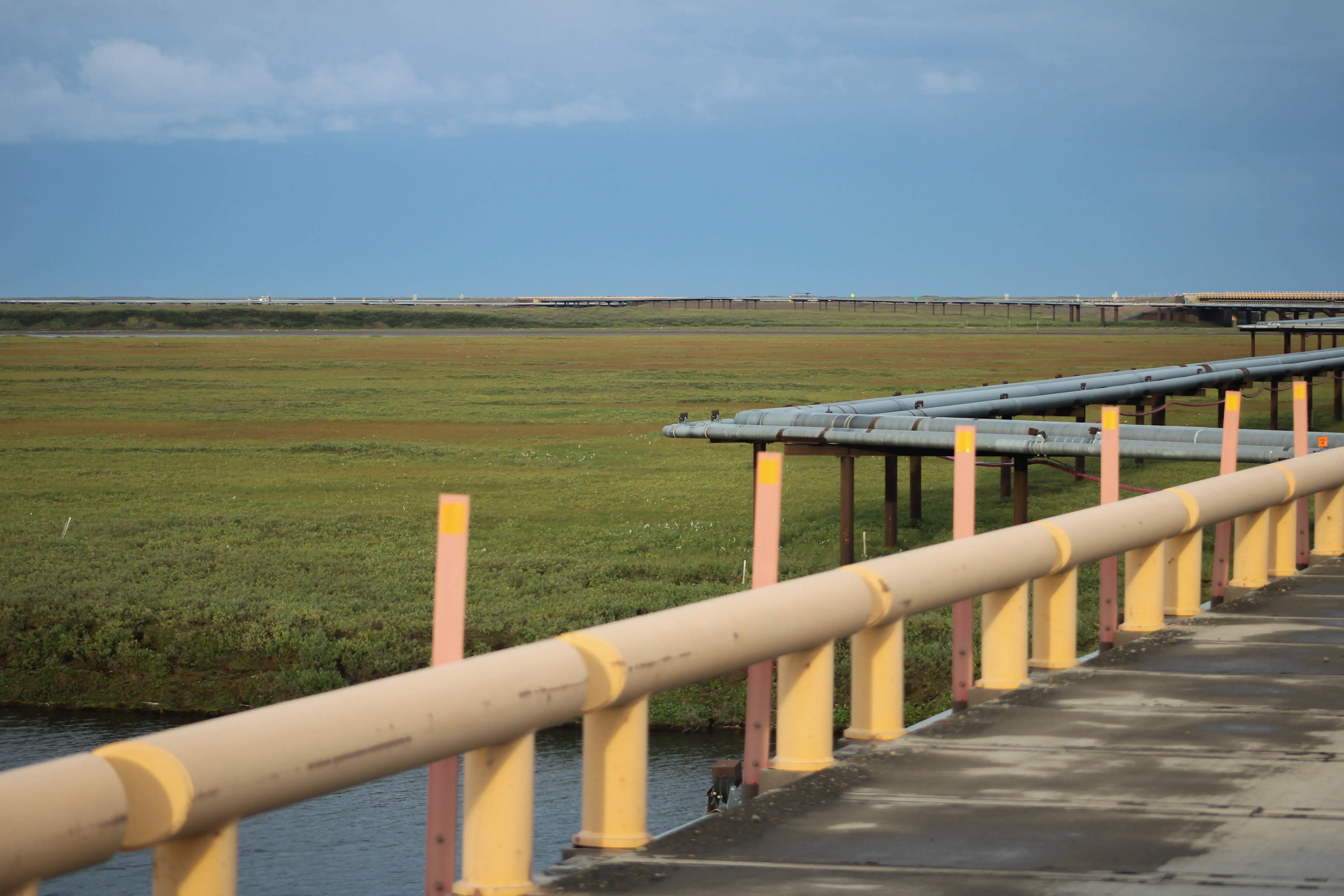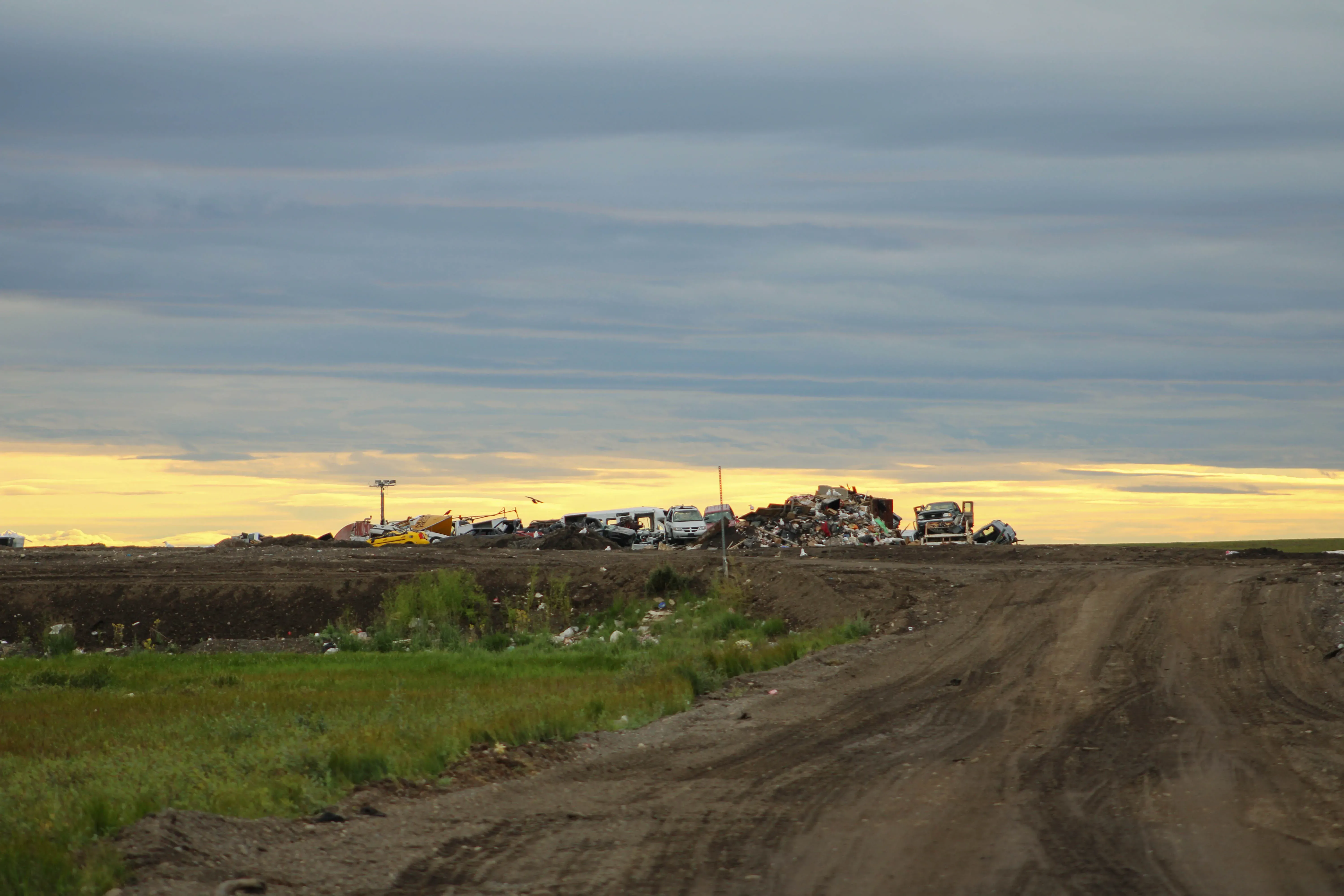
The Arctic Willow is a plant found on the treeless plain that is the Alaskan Arctic Tundra, where it has been evolving to love freezing temperatures for centuries. It’s capable of producing its own pesticide and growing its own hair. Salix arctica is a common, plentiful species in the wild, but its delicate habitat is at risk, as the tundra is remade for a new kind of willow.
News of ConocoPhillips' Willow Project oil venture in the National Petroleum Reserve-Alaska rapidly gained traction among environmental groups. Petitions flooded social media, articles were published in quick succession, and oil executives faced sharp criticism.
Feeling a deep sense of betrayal, I joined many others in signing the "Protect the Arctic" petition in March 2023 and shared it with my Instagram followers, urging them to take action. At the time, I was just months away from earning my degree, and this seemed like all I could do. Those untouched lands were all I could dream of; one of the last places on Earth that is left wild. Oddly enough, not once did I search for a picture of the proposed land to be sacrificed. As far as I was concerned, my imagination wasn’t far off. Imagination and longing fulfill what experience cannot.
By the next week, the Willow Project and the state of the vulnerable Arctic fled my thoughts as I became more concerned about my last experiences in college. It wouldn’t be until seven months later that I would think about it again for this reporting project. Now, two years after I signed that petition, I am driving right next to the very pipelines my digital signature was supposed to prevent.
Roads made of gravel that was blasted out of the earth fragment the entire tundra. This is not at all how I imagined it would be. The horizon is crowded in every direction with base camps, pipelines, and drill pads. Industrial equipment is stacked and shrink-wrapped in white plastic, waiting to be torn open by workers. Garbage blows in the wind, and chemical burns slowly blacken the summer green. There isn’t time to get used to it. All at once, I see the Arctic tundra for the first time, and mourn the loss of untouched land.

I see my first caribou grazing beneath metallic pipelines. I’m looking out at a surreal juxtaposition in a landscape that should be every biologist's dream, teeming with species waiting to be discovered. Yet, instead of wonder, I feel only anger and confusion at the looming loss.
Alaska Native leader Rosemary Ahtuangaruak drove me across the tundra in her pickup truck, pointing out the caribou, birds, and plants that spread across the landscape. She shared their traditional names and stories. With permafrost melting and air quality worsening, it seems inevitable that their days are numbered.
At first, it was extremely hard for me to understand how anyone could permit such loss, especially those fortunate enough to call the wild tundra home. But those who live their entire lives immersed in wilderness don’t cling to symbols of the wild the way outsiders do. It very quickly becomes evident that I’ve fallen victim to romanticizing a life in the wild Alaskan tundra. I think of a quote from Sherry Simpson’s Killing Wolves: “Being there means seeing all of it: what’s beautiful and impossible to express, what’s painful and hard to watch.”

So, where does nature belong? We’ve created designated places separate from human beings for wilderness. Nature has become something to be visited when you have a day off, like a grandparent's home. It must be preserved where it is, while we hide away in our concrete suburbs and daydream about being swallowed by the wild, someday.
I grew up in the heart of the suburbs with just one tree in my front yard, so naturally, I gradually became infatuated with the idea of someday leaving this place behind and traveling to find the wild places of National Geographic documentaries. Virgin land is so valuable to me and environmentalists alike because we know what happens when mankind gets involved: Life is ripped away, burned, and commoditized. I’m starting to face the reality that there are fewer and fewer of these places left.
When I was flying to Alaska, I wrote my first journal entry: “I’m leaving the gray skies of my home behind and I’m headed into the bright future.” Being in the Alaskan Arctic did feel freeing—standing in wide-open spaces, feeling the cold wind on my face and in my lungs. But it didn’t feel as much like coming home as I always thought it would. I was so far from my community of people and forests. There are beautiful plants and animals in the tundra, but I missed maples, beeches, and the northeastern bird songs that wake me up every morning.
Nature has never really been untouched by man, as long as there has been man. But now, we’ve grown apart. Resilient plants break through concrete, fight pesticides, and survive wildfires in hopes that humans will notice them and realize we’ve already lost too much.
The wild, a symbol of our unmet need for freedom, is different from wilderness, which is still all around us.






.jpg.webp?itok=CTX3NNpi)



